Kaitlyn Tambasco, Managing News Editor
If you are a true crime buff, or are just looking for something to do during down time, one of the new Forensic Files II episodes really hit home, especially for citizens of central New York.
The episode entitled “The Letter,” featured Utica College’s own Anthony Martino, director of the Northeast Cyber Forensics center, as he played a big role in examining the evidence of the case the episode was based on.
With a release date of March 22, the episode told the story of Mary Yoder, a chiropractor with a practice in Whitesboro, who died just a few short years ago from overdosing on colchicine. However, her case would not be featured on a Forensic Files episode, if the act was not intentional.
To quickly summarize the case, it was soon found that Yoder’s office assistant and former SUNY Poly and UC student Kaitlyn Conley poisoned her by putting the colchicine in a protein shake. Conley was charged with first-degree manslaughter and sentenced to 23 years behind bars.
The episode lasted for 30 riveting minutes and kept me on the edge of my seat just wanting to know what happened next. Conley was described as a “sweet girl” towards the end of the episode by a patient in the office so nobody really expected her as a “cold-blooded killer.” That is, until more and more evidence started to unfold and unravel.
There were also many twists and turns in the case and it seemed that way for the investigators as well. From the anonymous letter, to Yoder’s son being framed, to being able to uncover an identity through an email, the episode kept viewers on the edge of their seats waiting for the commercial breaks to end to see what happened next.
Martino and all of the other interviewees did an excellent job at providing real world knowledge to this case. The actual footage, such as Conley in court and shots of Utica, made this case and episode really hit home.
Martino’s appearance came towards the end of the episode, where he explained the digital forensics behind the case and said that IP addresses are just like phone numbers. Only one person has that unique number. The episode mentioned a receipt from the colchicine, with an email address on it. The investigators thought that that email address probably belonged to the person that killed Yoder, which would be the same person that purchased the colchicine.
The episode shows Martino tracing the IP address back to see where the person running the email is located, and finding when these emails were sent from, by knowing when and where they were sent. Martino explained there were only two devices that had accessed the email account. The first was Conley’s cell phone and the other one was the computer that Conley used when she worked in Yoder’s office.
“The Letter” shined a light on many aspects of the complicated case. Here are a few interesting tidbits about the case that were highlighted in the episode:
- The importance of interviewing more than one “person of interest” or suspect
In any case, it is important to interview family members or close friends of any given victim. Even though they might not have anything to do with the death, it is important to rule people out first so the elimination process slowly but surely begins to narrow down.
2. The rise of technology brings a new type of forensics
More “modern” cases are now seeing a rise of digital forensics. Now it is not just all about what happens in a science lab. Phones, computers or any other type of electronic devices can now be traced to pinpoint a specific person. That is exactly what happened in this case. Martino was able to trace back that email address on the receipt of the colchicine in order to figure out where the email had been accessed from. If technology like this existed 50 years ago, the rate of murders being solved might have been higher.
3. Nothing is private online, nothing
Even though you might think your Google searches are private, they are indeed not. This idea was proven in this case, when Conley’s Google history was researched to see if she had searched anything about Gout.
4. Even a typewriter can rat someone out
Investigators found that the anonymous letters that were written and addressed with the typewriter that was located in Yoder’s office. The typewriter was taken apart to find evidence of the letter that was written to frame Yoder’s son.
This episode was definitely worth the watch whether you knew nothing about the case or you followed it in real time. Finally, I’m sure I can speak for the other criminal justice, cybersecurity, fraud and financial crime and criminal intelligence students when I say that knowing the digital forensics done for this case took place in the same building we take our classes in is pretty neat.
To watch the episode, visit: https://www.cnncreativemarketing.com/hln-original-series/.

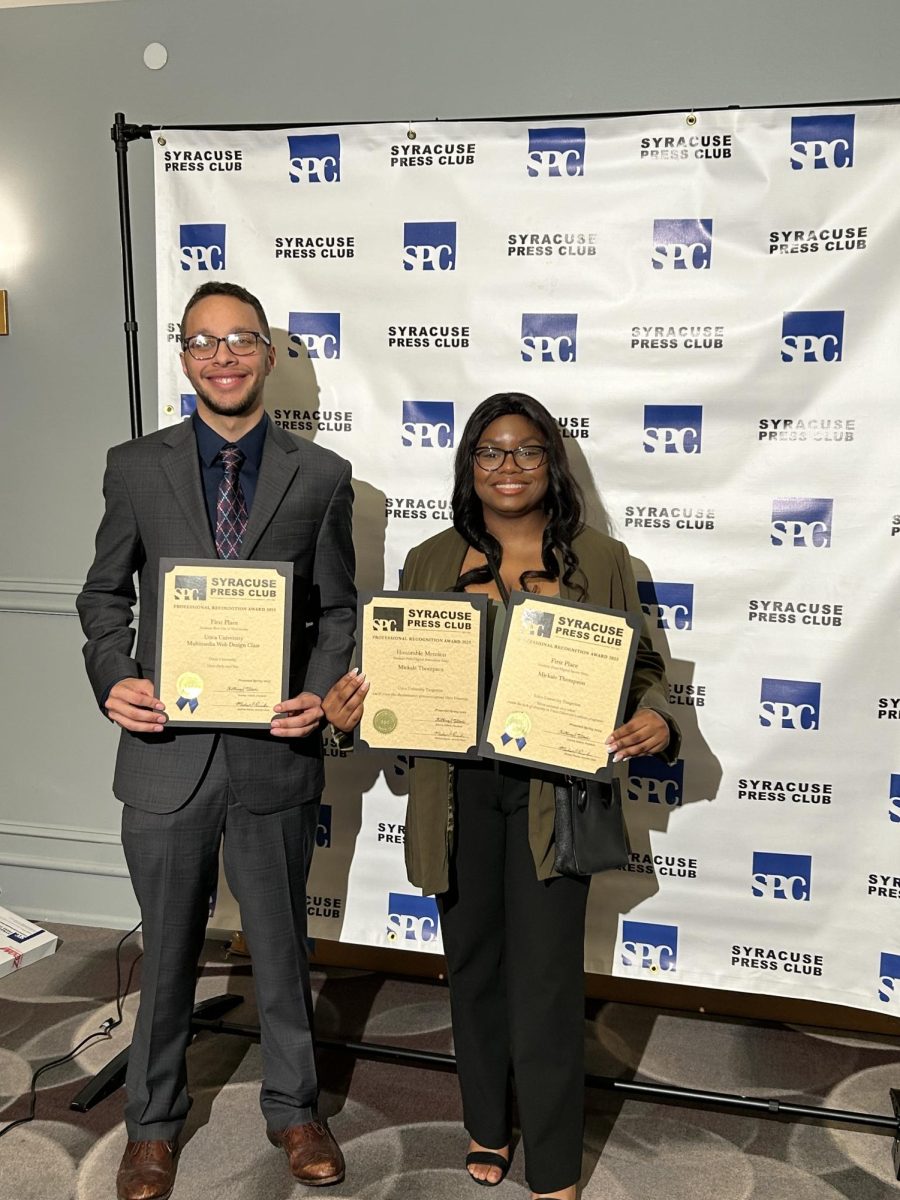
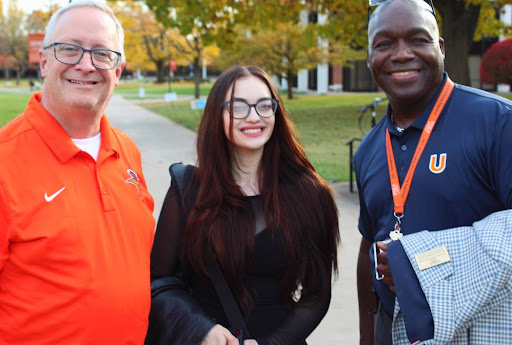

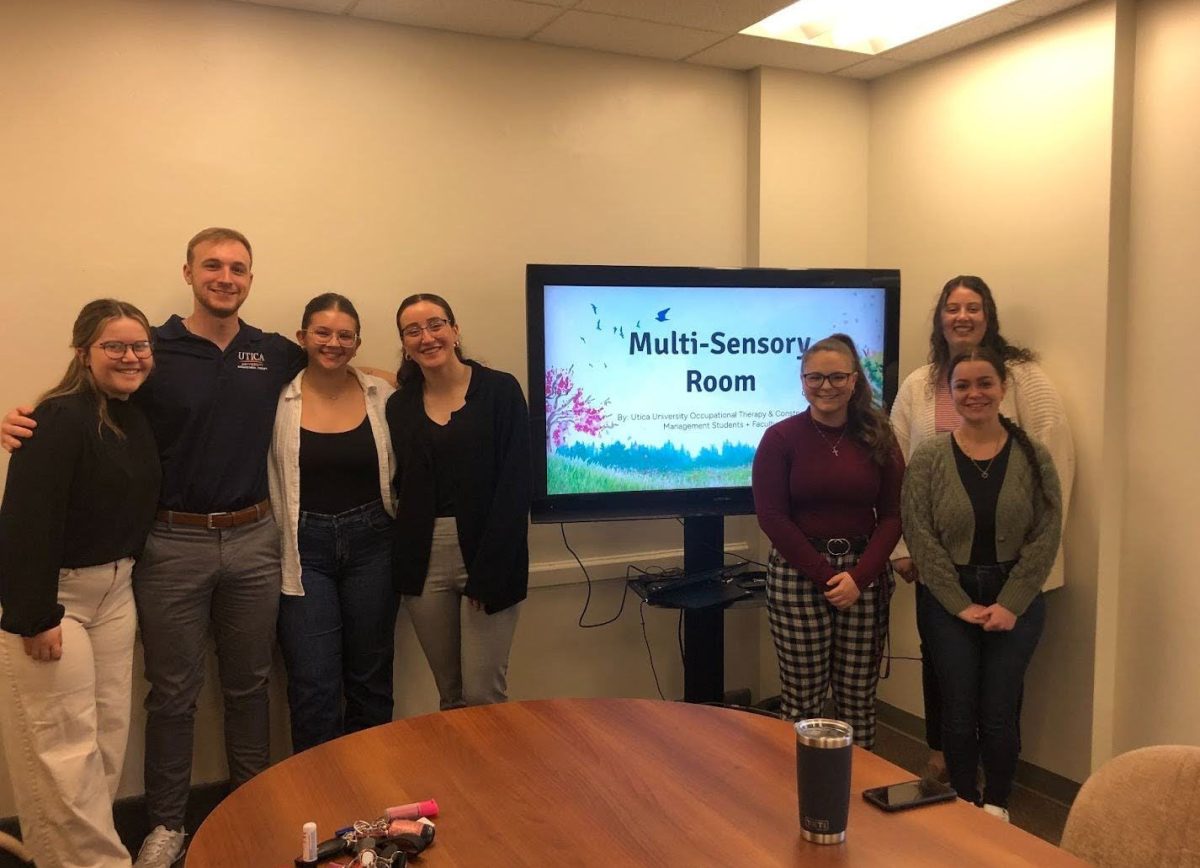


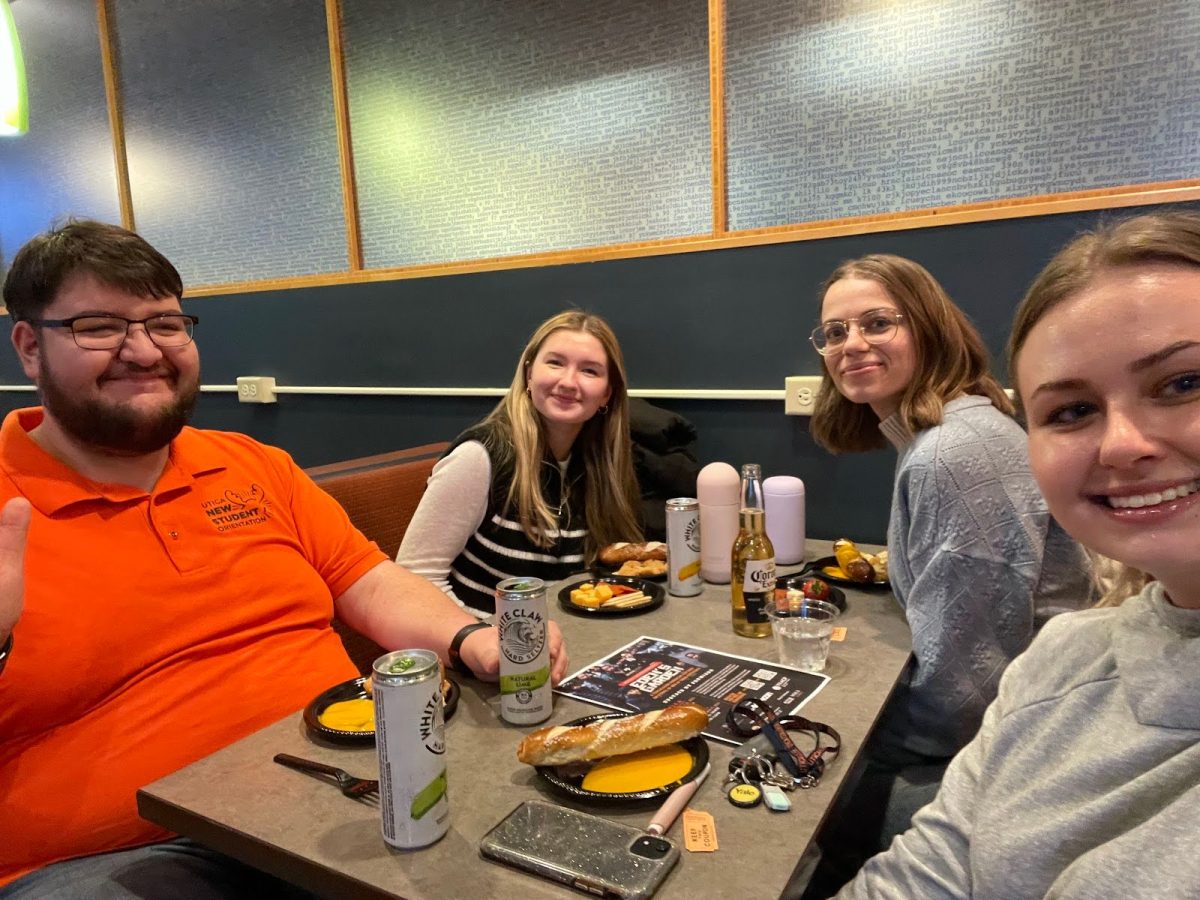
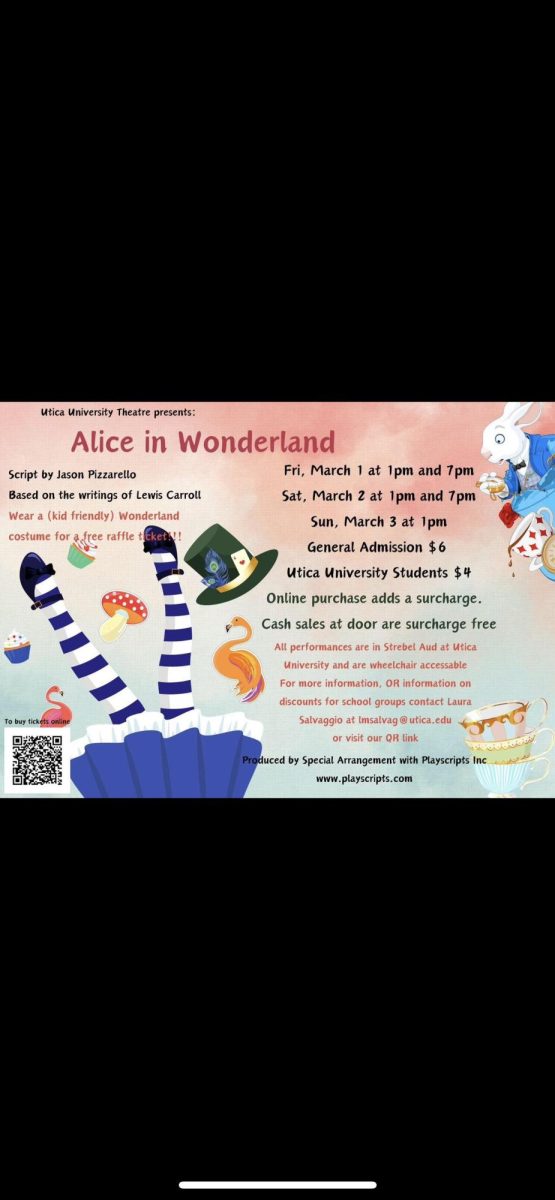






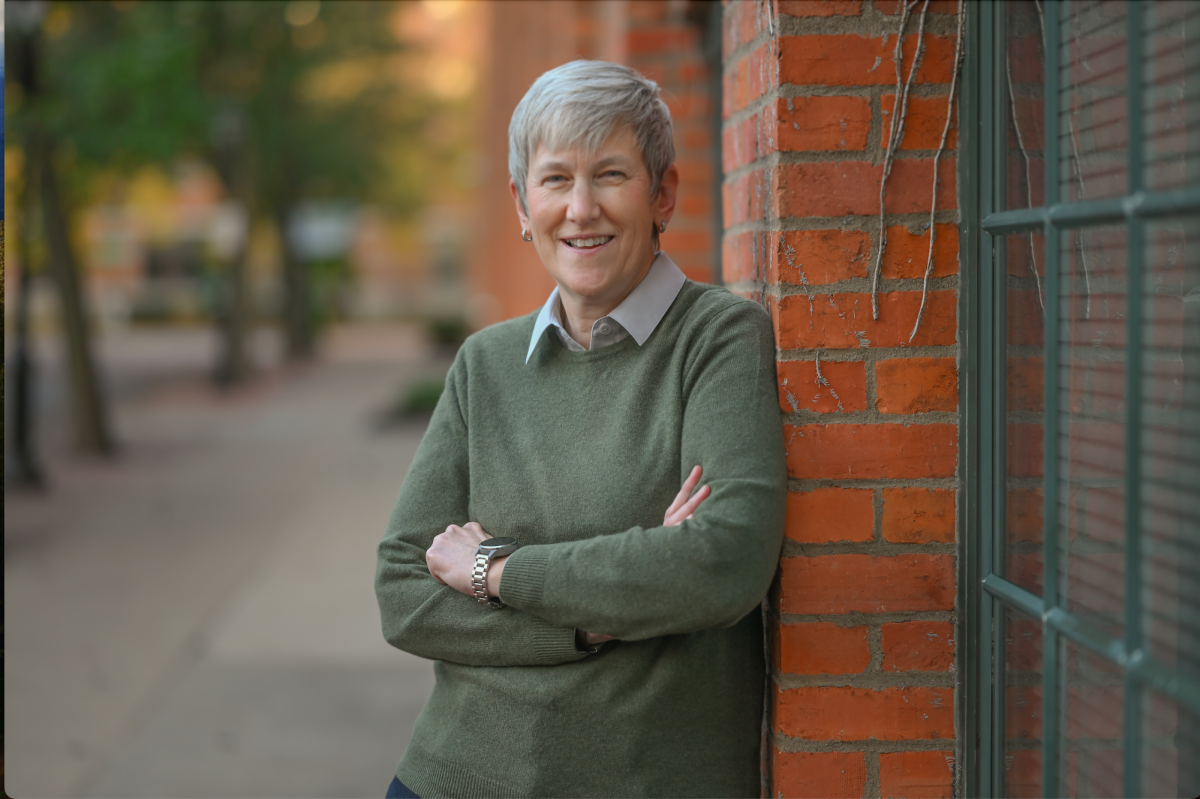


![President Todd Pfannestiel poses with Jeremy Thurston chairperson Board of Trustees [left] and former chairperson Robert Brvenik [right] after accepting the universitys institutional charter.](https://uticatangerine.com/wp-content/uploads/2023/10/unnamed.jpeg)








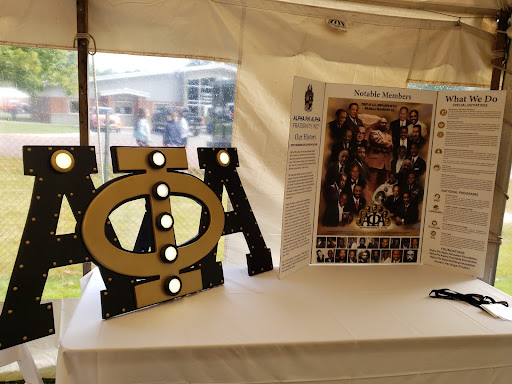
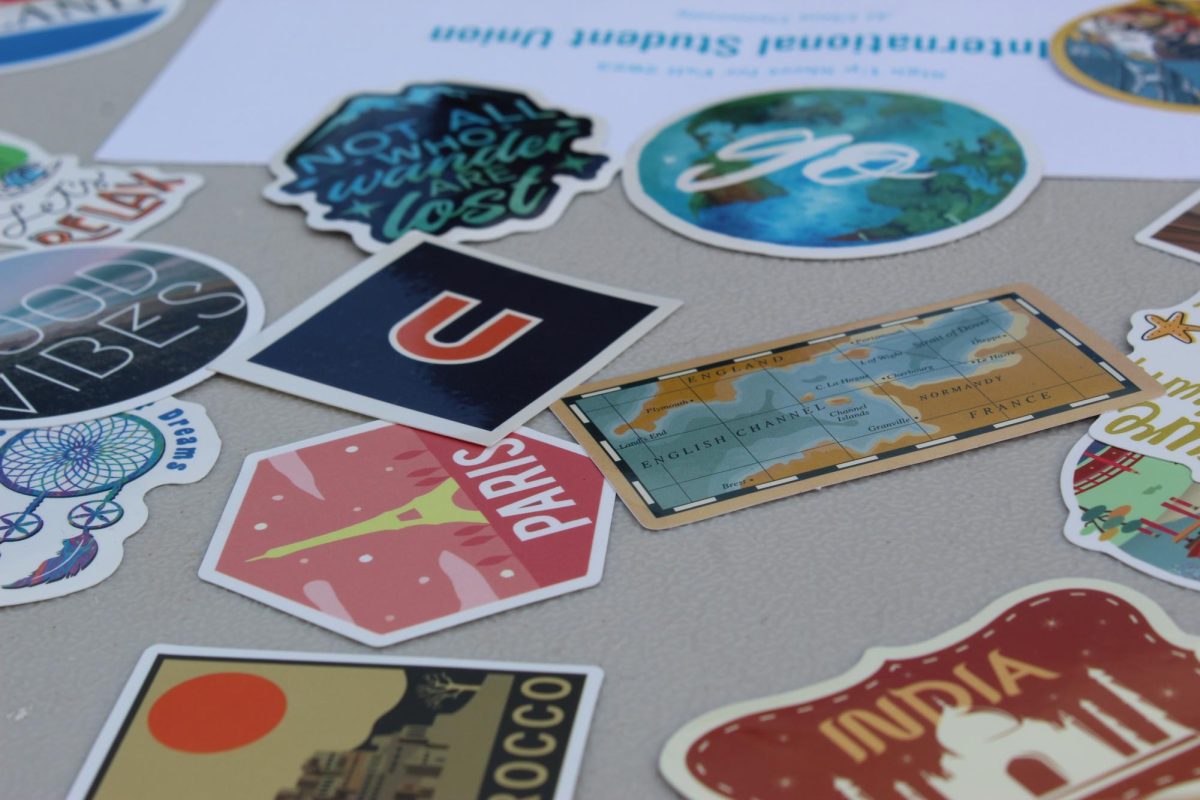




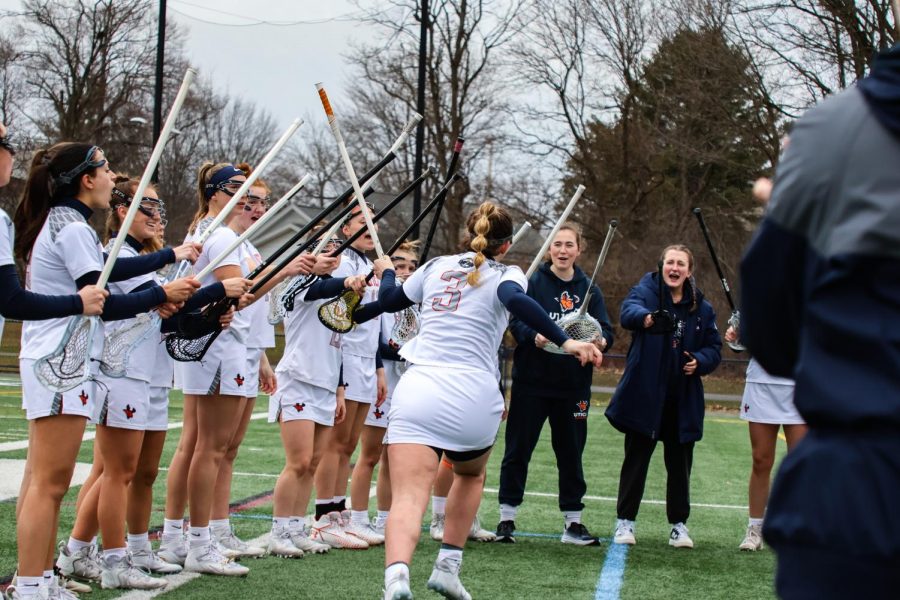


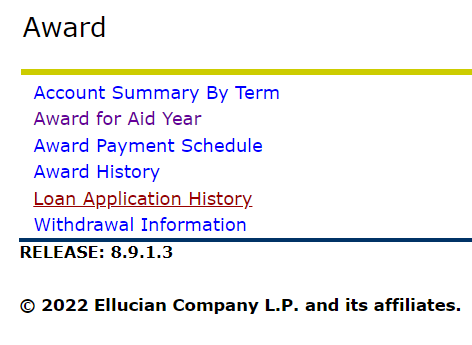


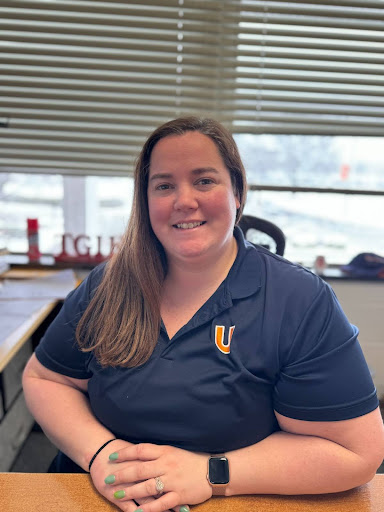




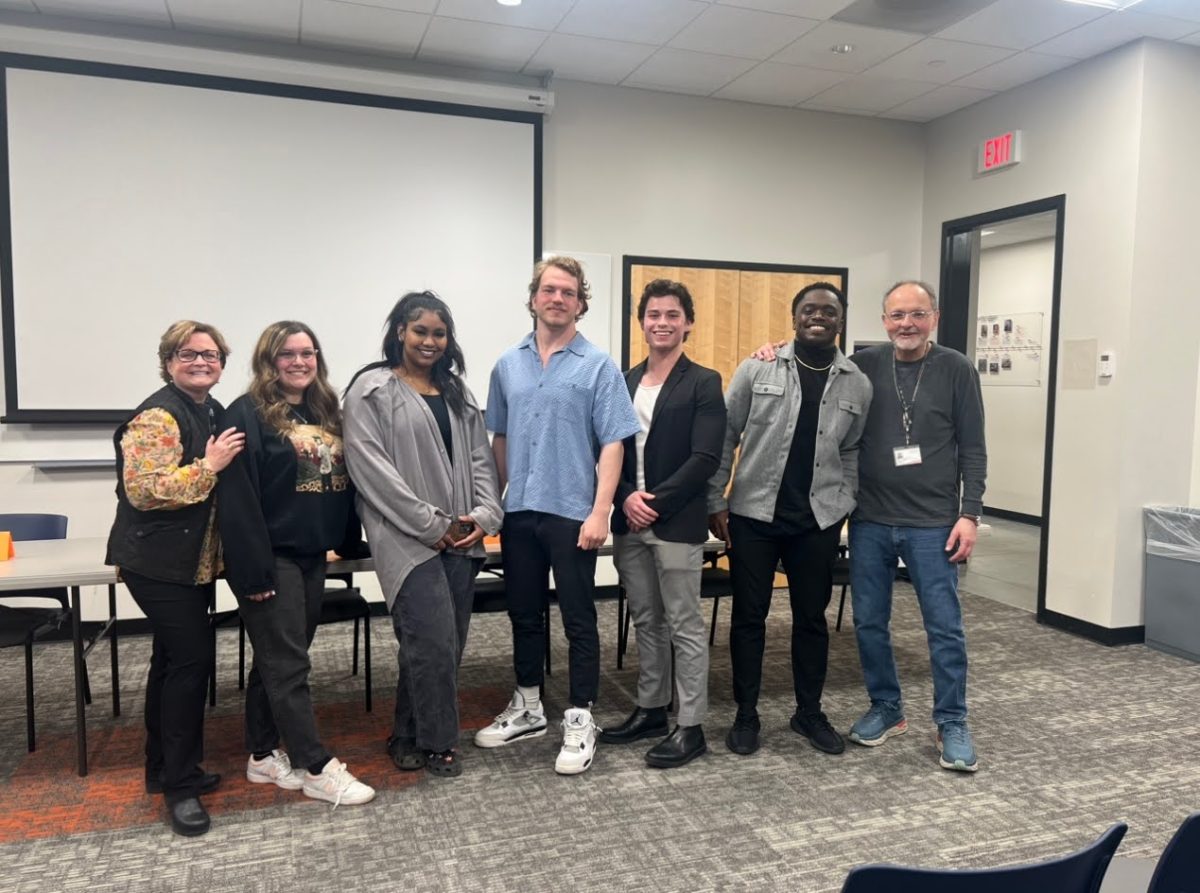
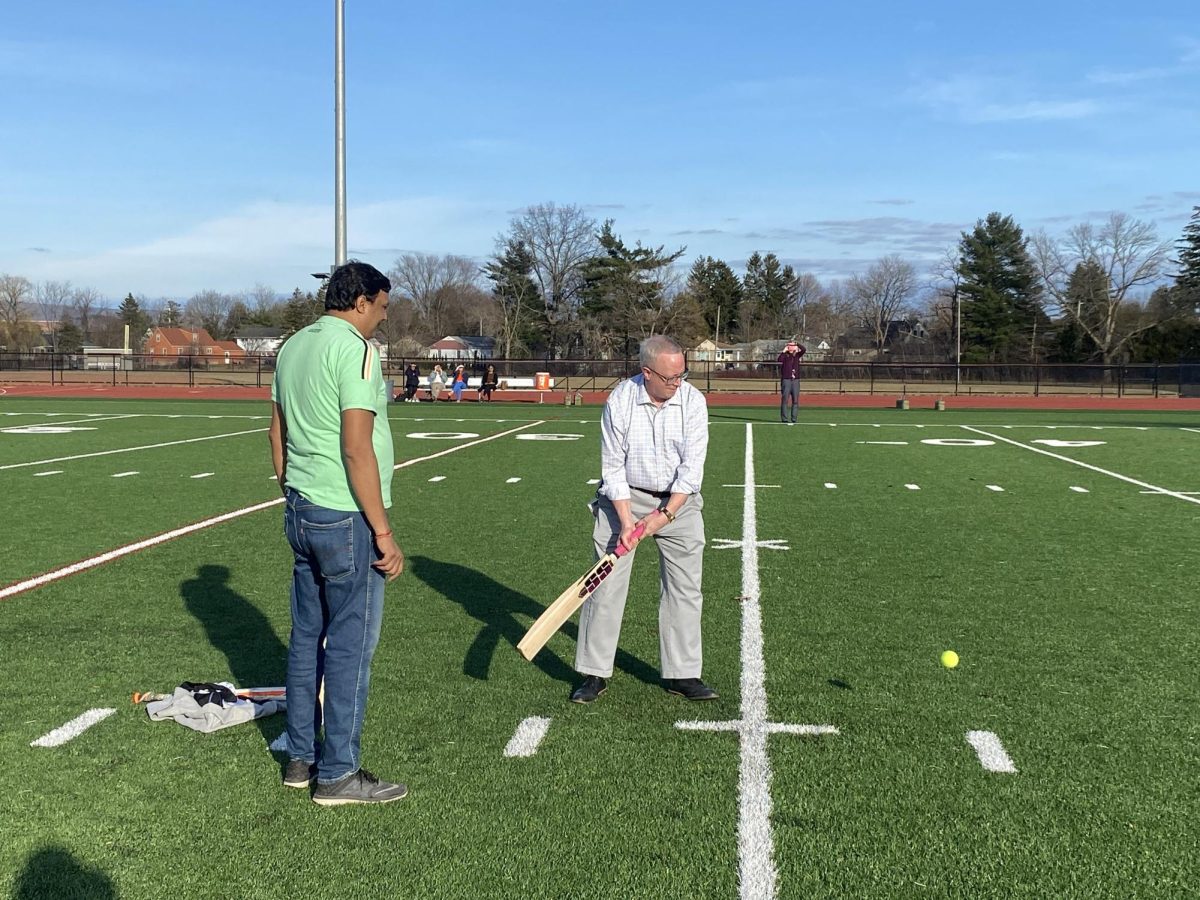


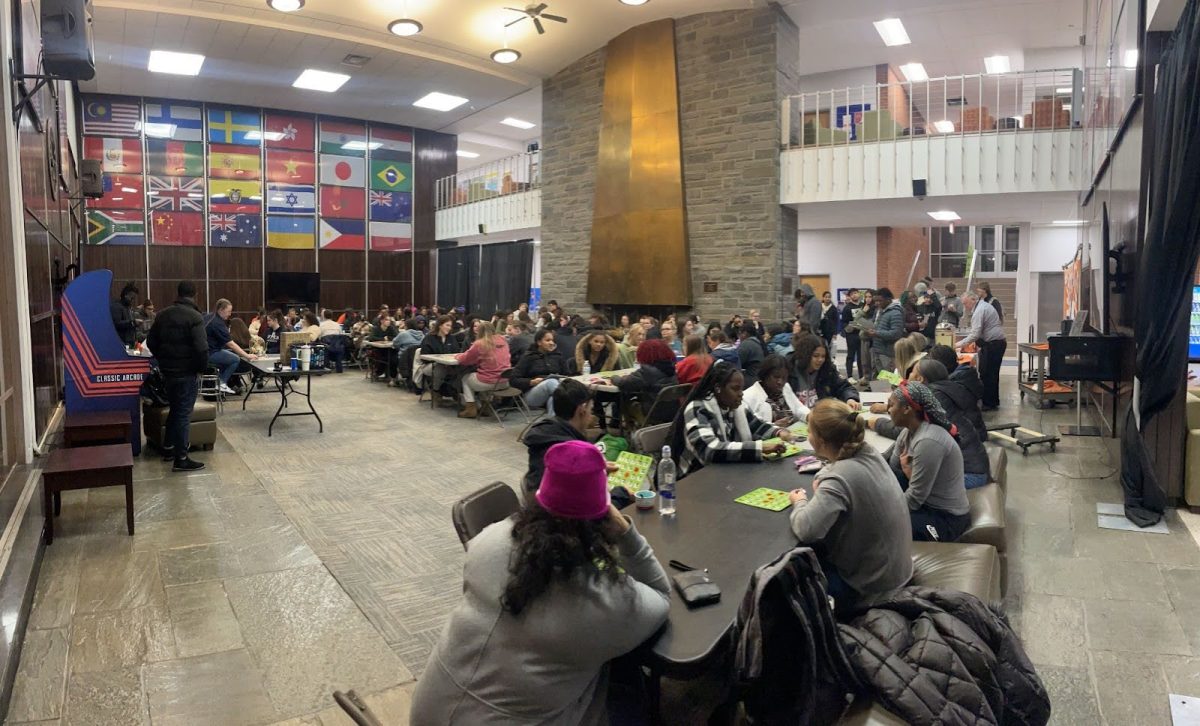




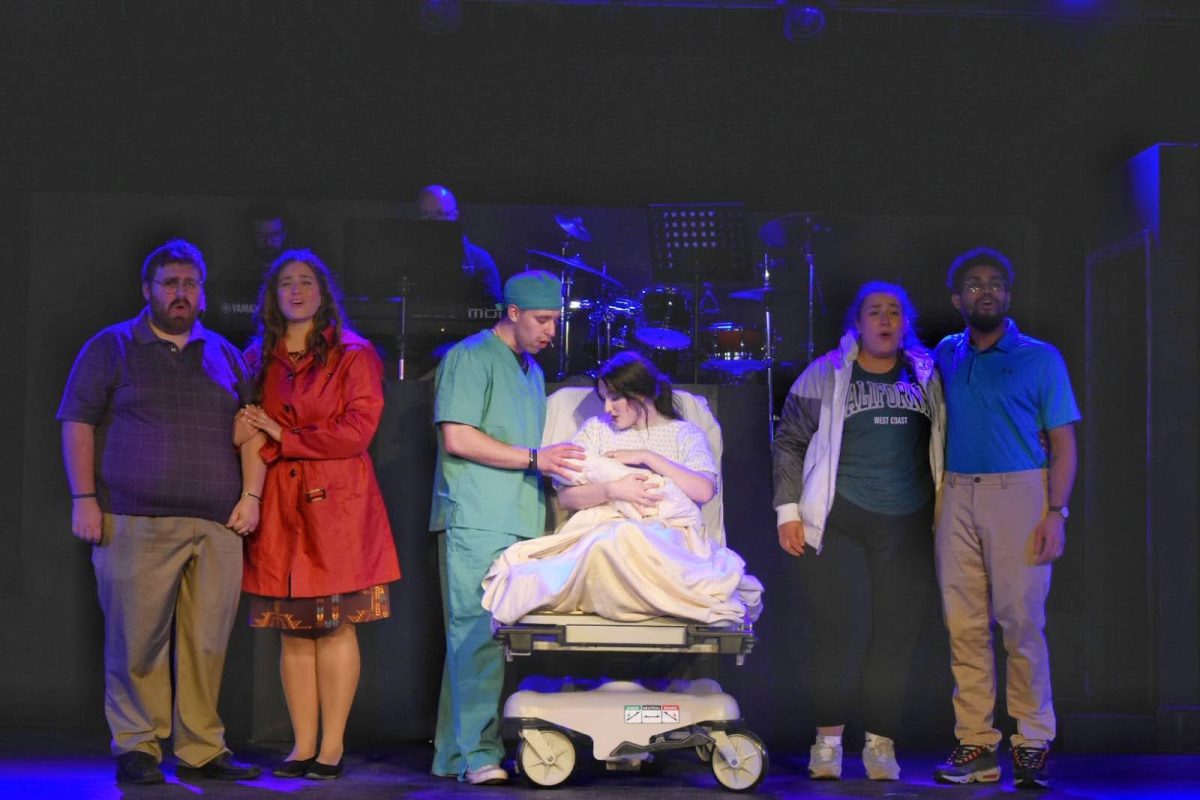







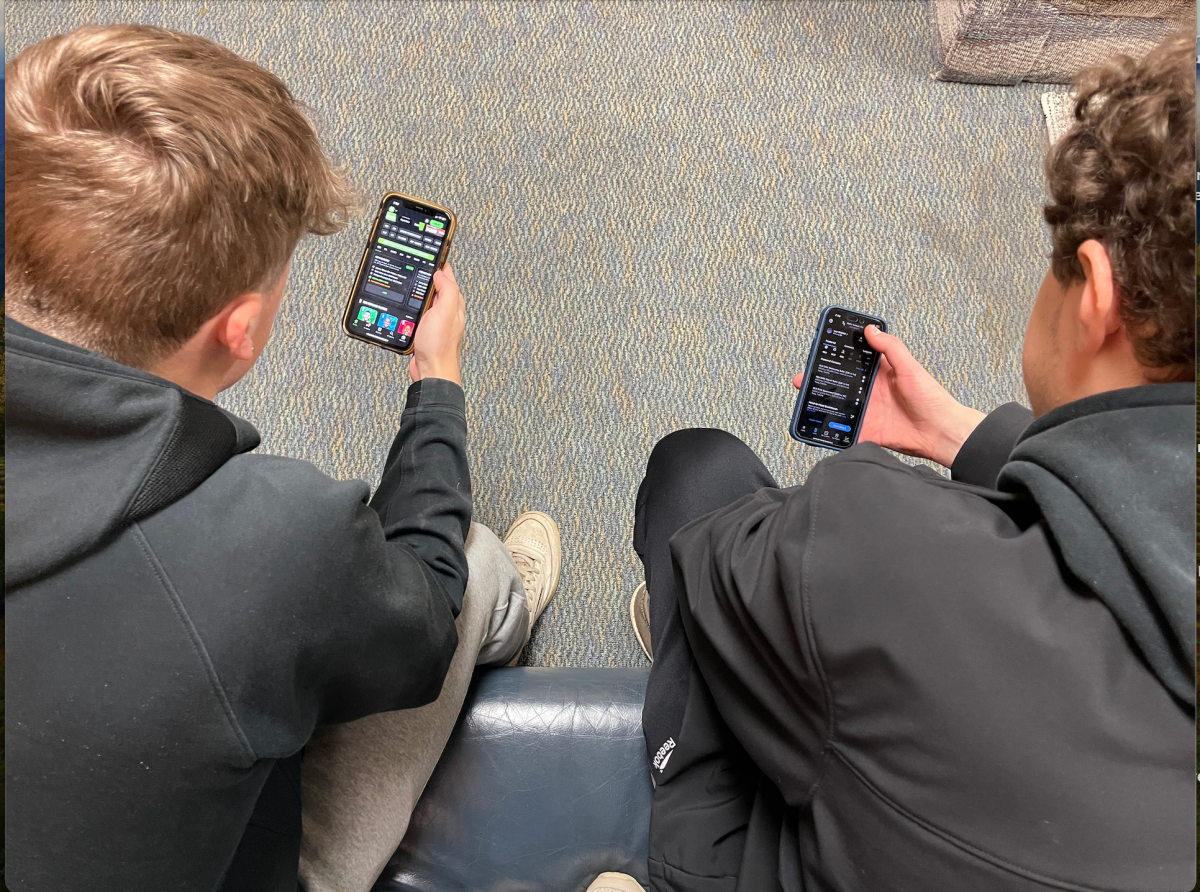
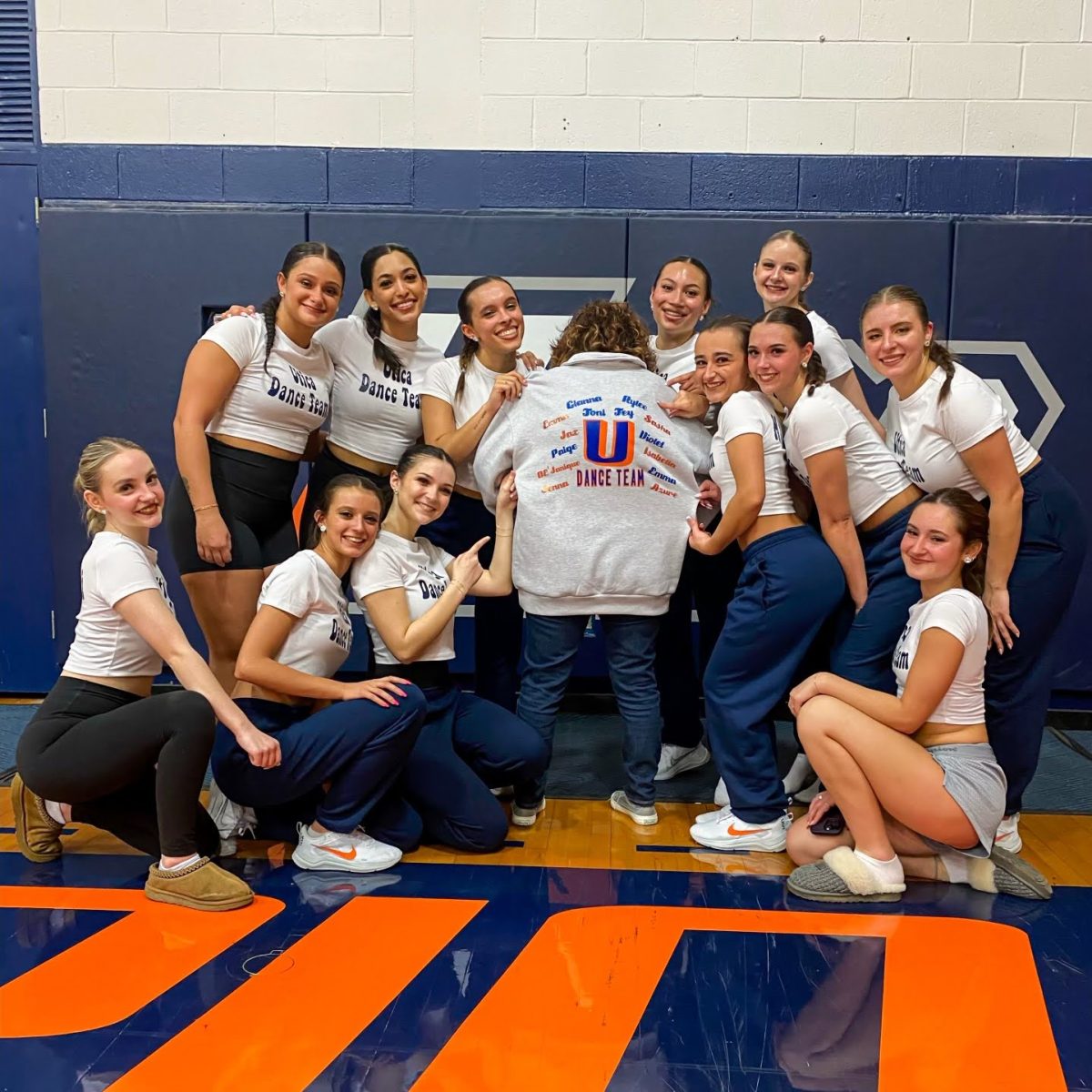





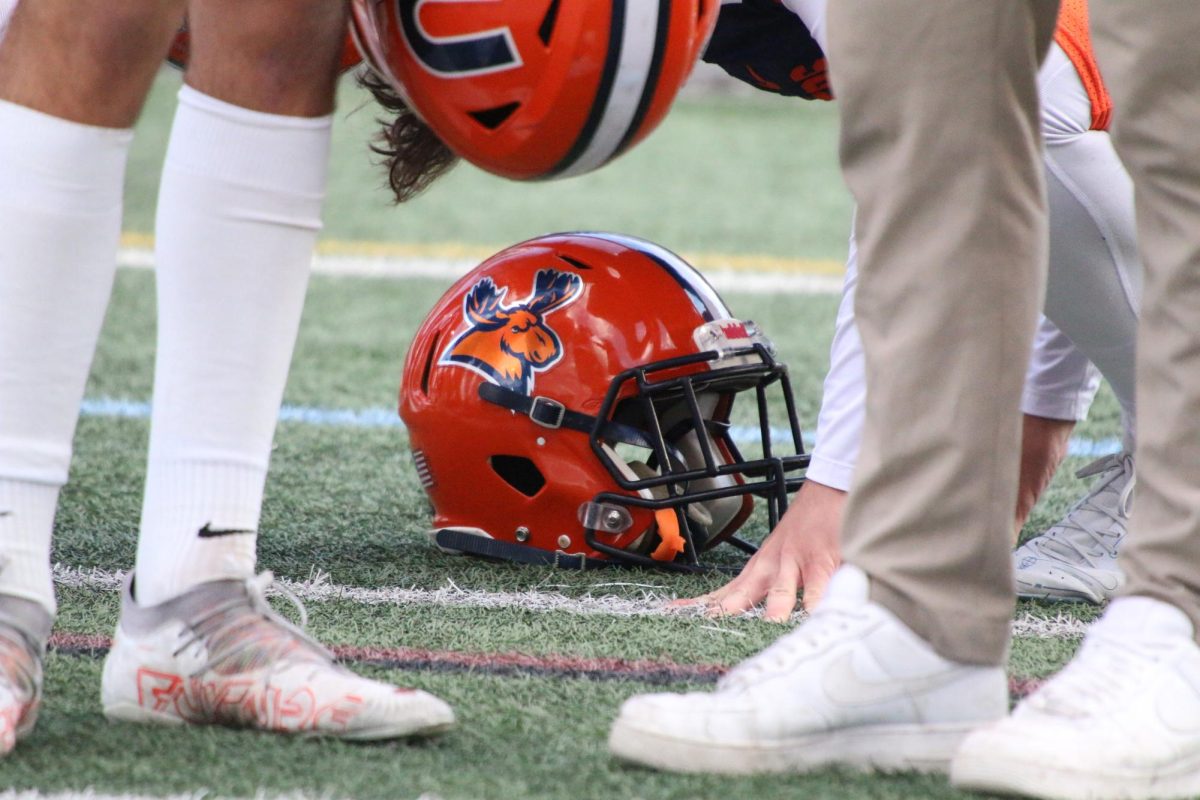
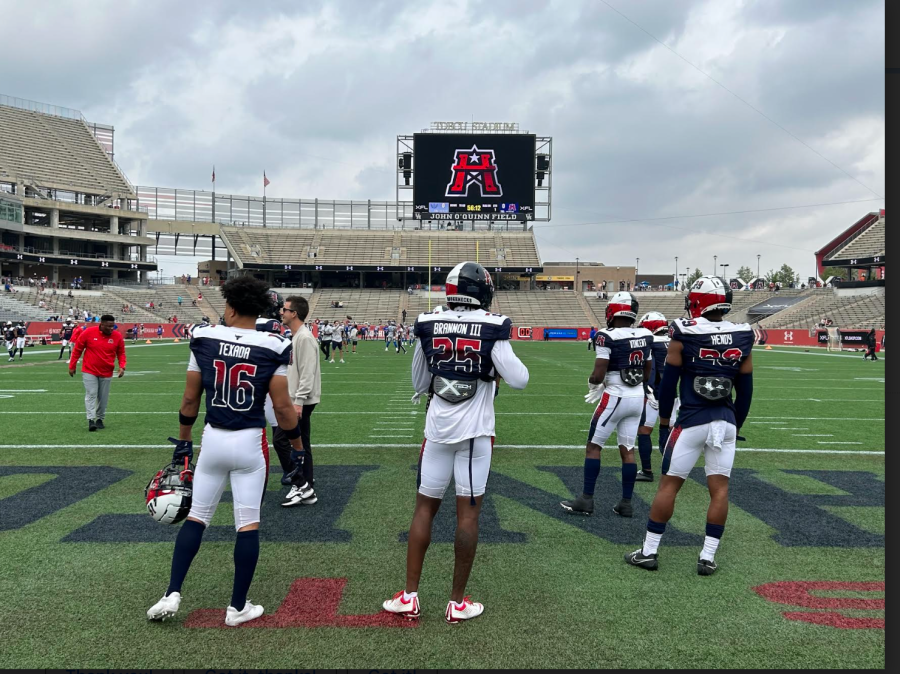


















































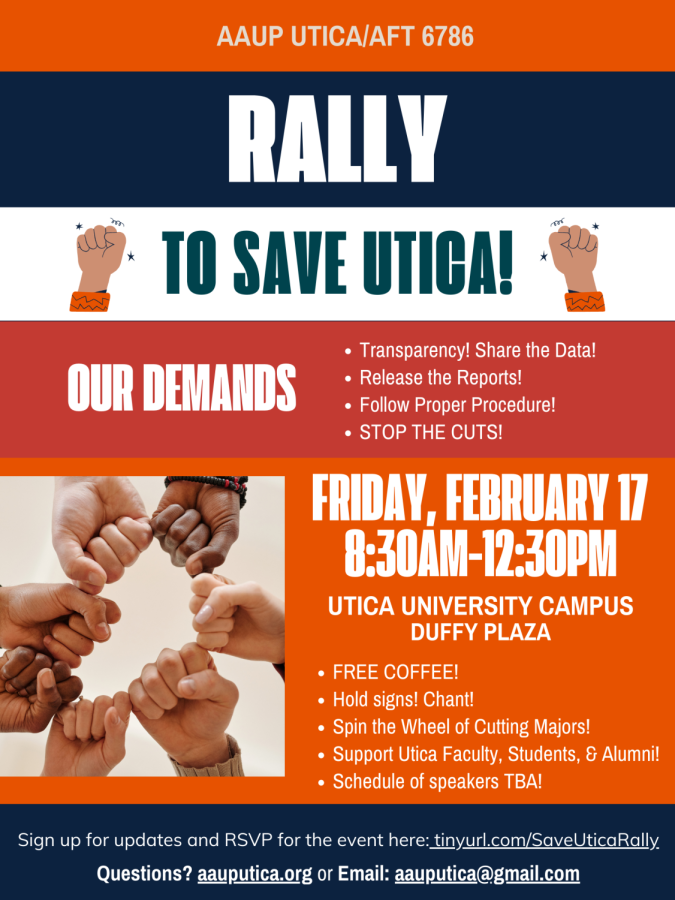
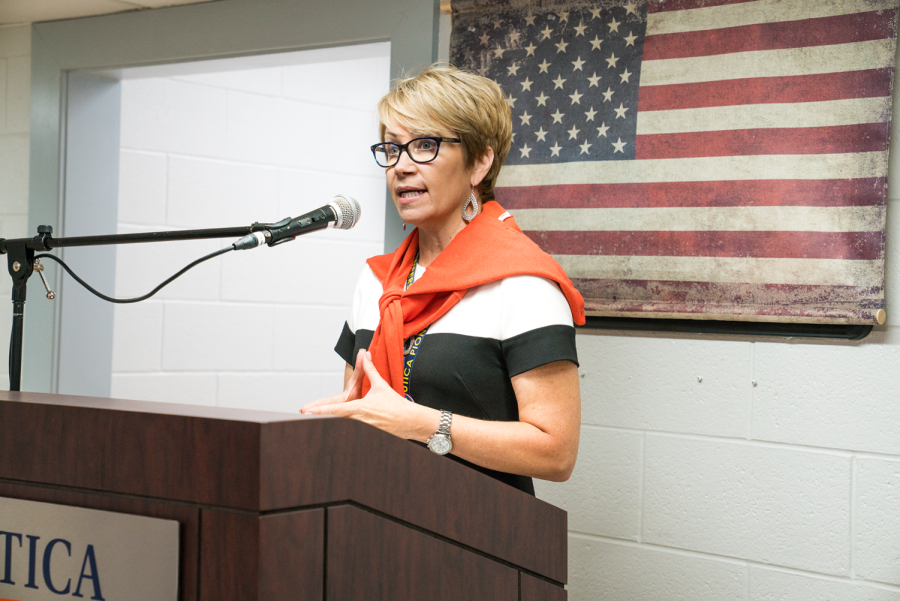
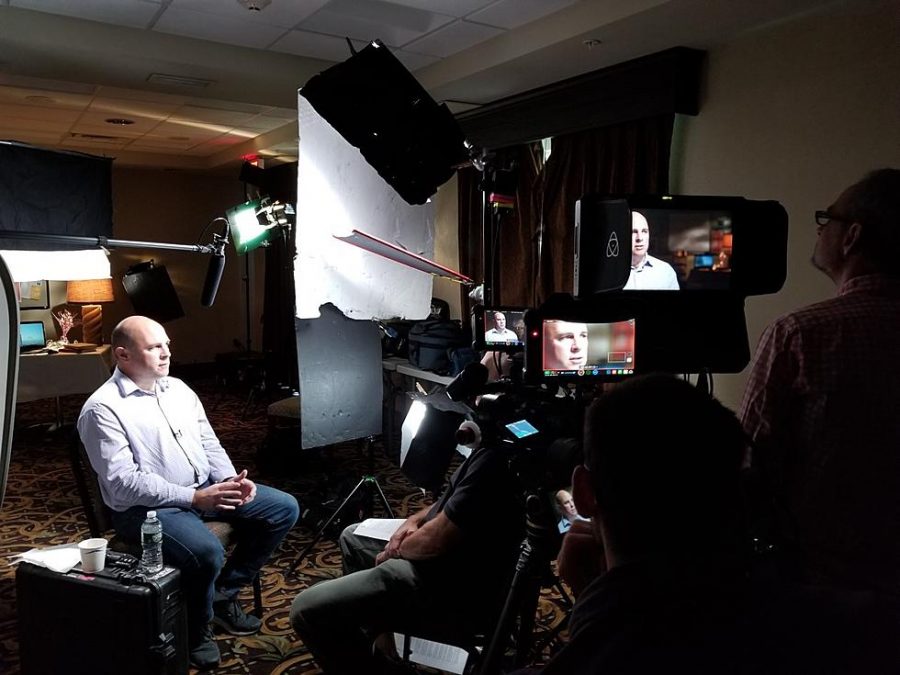

UFA82 • Nov 12, 2020 at 12:23 pm
I’m from Utica originally and this case fascinated me. The FF episode, and Dateline, were very good. Always nice to see photo/video of the city itself.